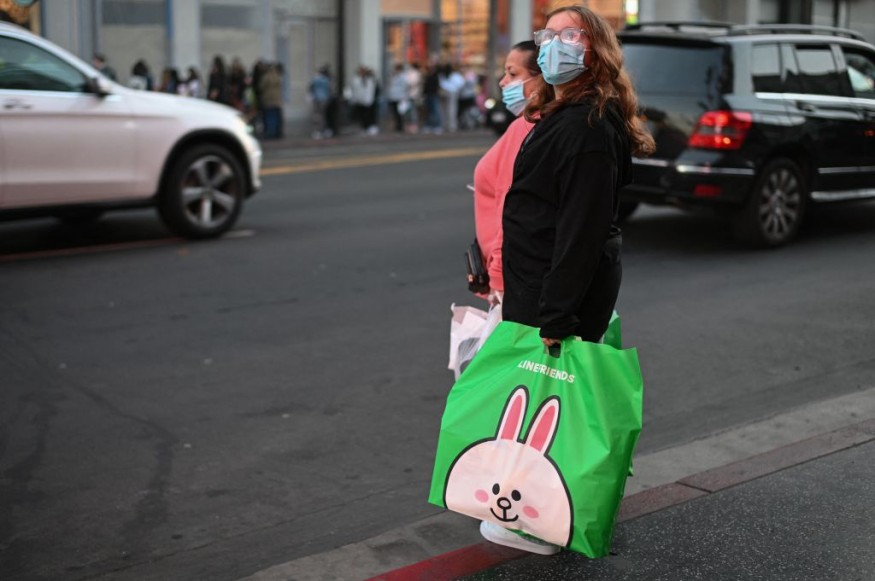
A staggering array of over 200 symptoms are still experienced by post-Covid patients despite recovery from initial illness.
Nearly one in ten of those recovered still ends up having ongoing symptoms including dizziness, diarrhea, breathlessness, fatigue, and debilitating brain fog, which can linger for months or even years, according to BBC.
A new imaging technique revealed the source of long Covid in the lungs, ScienceAlert reported.
"Frustratingly, even long COVID patients describing breathing-related problems are showing normal results on standard clinical breathing tests," said respirologist Michael Nicholson from St. Joseph's Health Care London, adding that findings allowed them to show the presence of physiological impact on [patient] lungs that correlated with their symptoms.
Moreover, the scans demonstrated the extensive damage COVID-19 can cause to a human's respiratory organs.
Extensive Damage to the Lungs
According to the study published in Radiology, abnormal gas-transfer and pulmonary vascular density have been reported in patients with post-acute COVID-19-syndrome (PACS).
Regardless of whether it was caused by the virus itself or the body's response, some mechanism has effectively cut down the function of patients' lung vessels, affecting many of the smallest ones where essential gas exchange takes place.
To observe the activity in these tiny airways and blood vessels in real time, the researchers, led by Western University physicist Alexander Matheson, instructed 40 volunteers - 34 with post-acute COVID-19-syndrome, and 6 without - to inhale a polarized xenon gas isotope that resonates at a signature frequency under MRI.
To summarize their findings, even a not-severe-enough infection on symptomatic post-COVID patients shows abnormality in the exchange of oxygen across the alveolar membrane into the red blood cells, said Western University medical biophysicist Grace Parraga.
Apparently, the transition of the oxygen into the red blood cells was depressed in these symptomatic patients who had had COVID-19, compared to healthy volunteers, she added.
Moreover, the vascular damage is reflected by the MRI scan, suggesting that flu symptoms as common signs of COVID-19 are not just another respiratory disease, but a vascular disease as well.
Potential Mechanisms for the Disrupted Gas Exchange
The team illustrated several potential mechanisms for the alteration in gas exchange that they witnessed, showing that some vessels may be losing their flexibility, which reduces blood available, changes blood pattern, shunts the blood away from gas exchange regions, or blocks blood from getting there.
However, the team are afraid their sample size might not be enough to give a more conclusive generalization, but are open to further investigation.
Nevertheless, whatever the mechanism behind it, it is clear for them that the virus does interfere and mess with the circulatory system, directly targeting the endothelial cells, which line the walls of our blood vessels and heart.
In fact, each COVID-19 infection risks vascular damage, from clotting problems to heart disease.
"I was on oxygen for almost two months after COVID, and it took me almost three months to get to a place where I could go for a walk without gasping for air," according to one of the study participants, noting that the virus can have very serious long-term consequences, which are not trivial.
© 2025 NatureWorldNews.com All rights reserved. Do not reproduce without permission.





